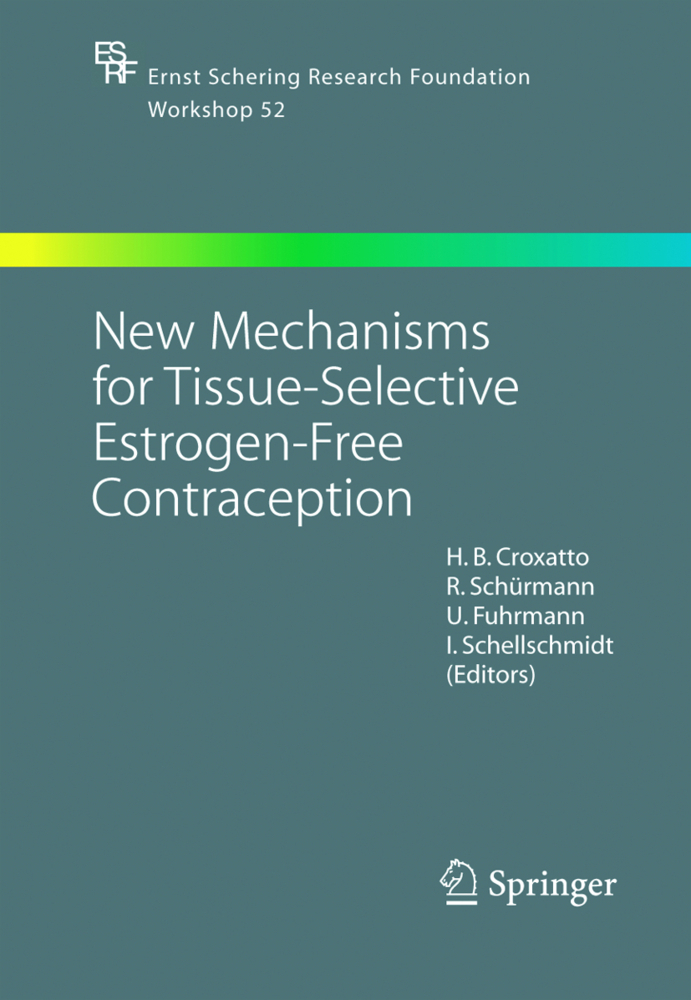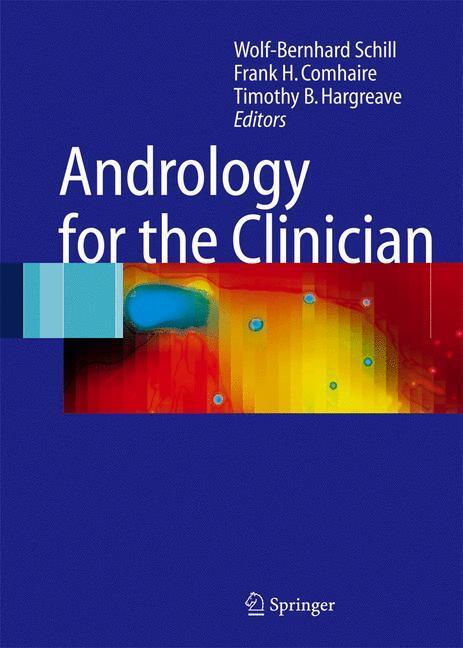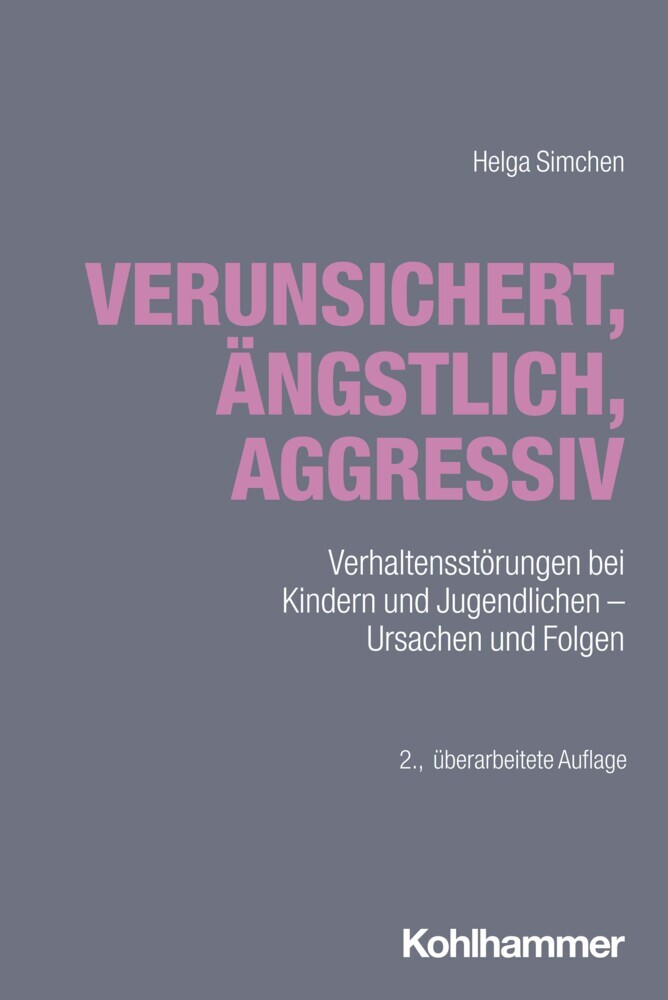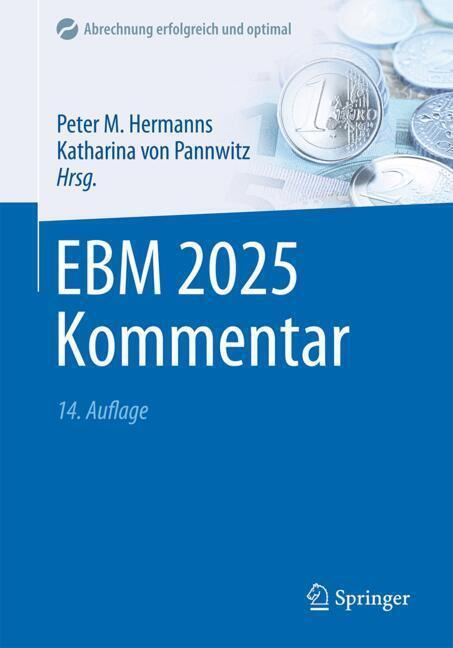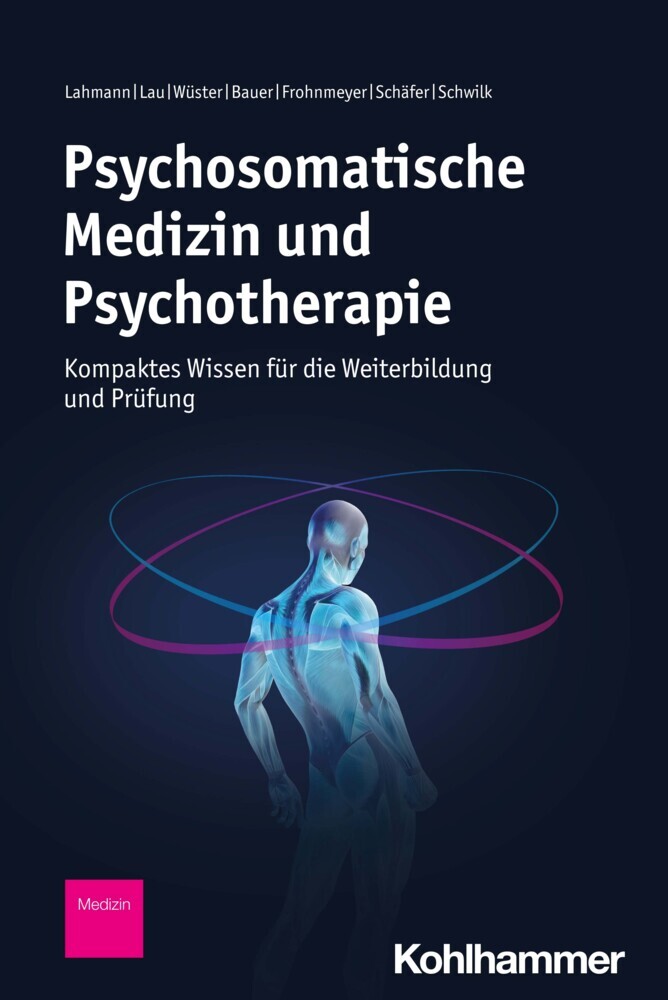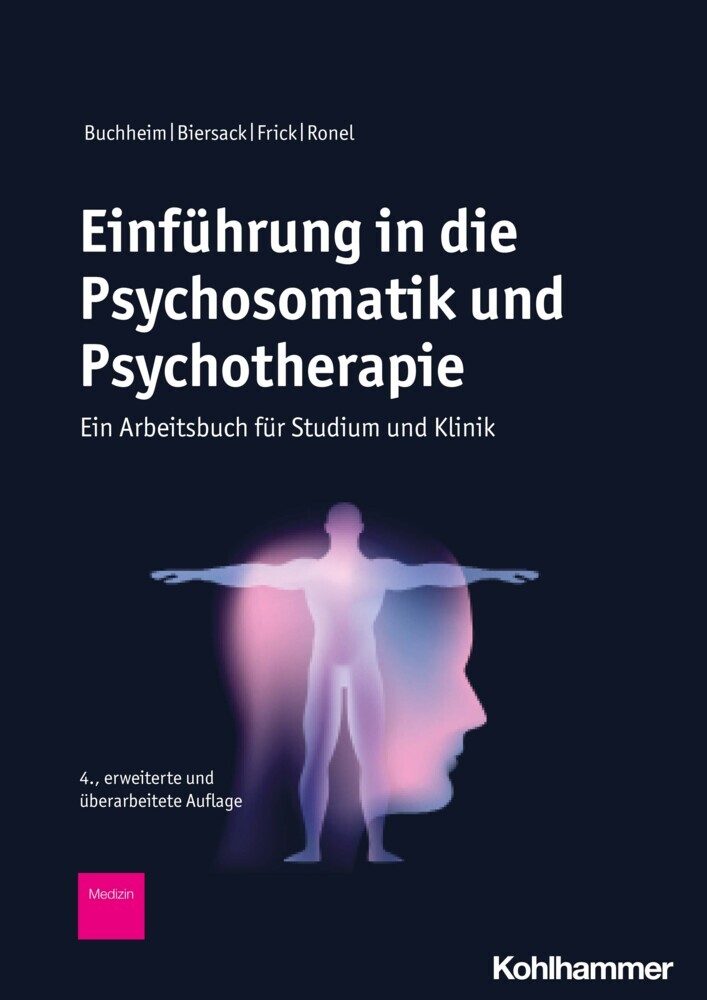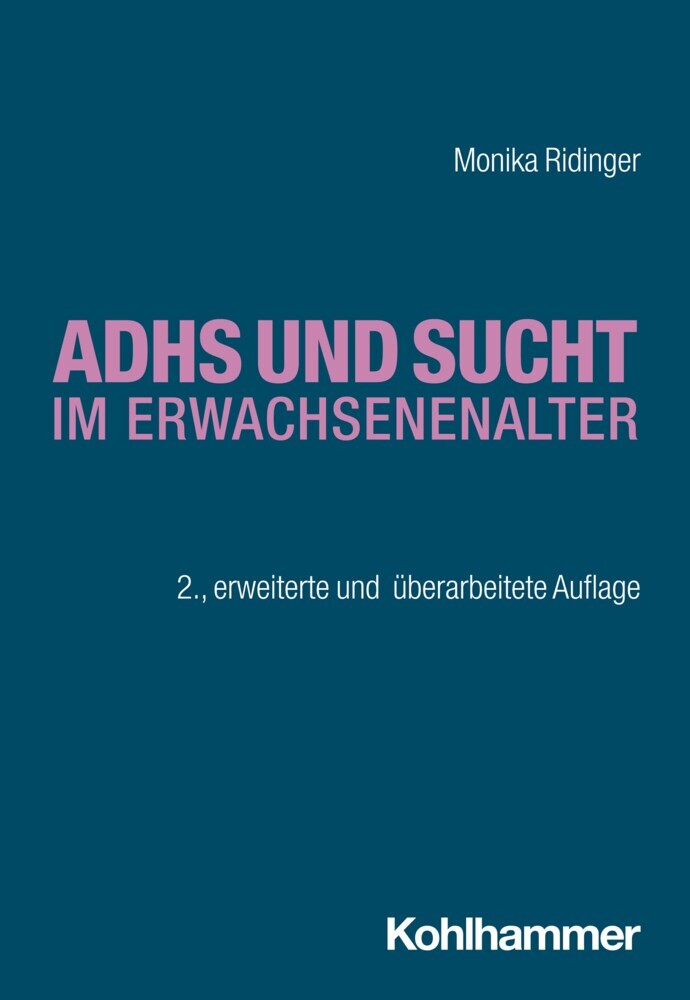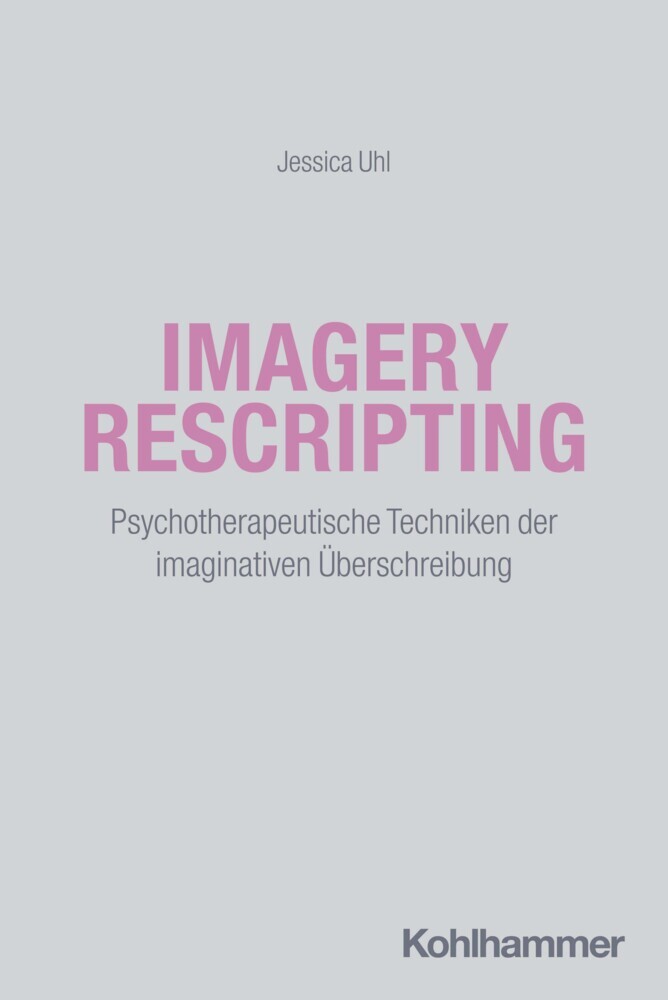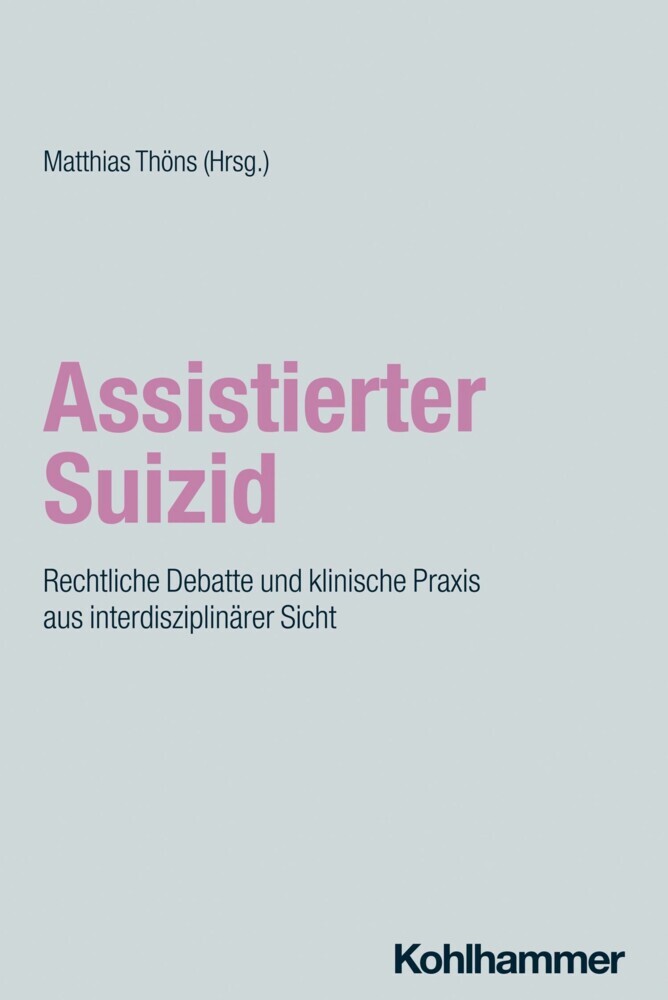New Mechanisms for Tissue-Selective Estrogen-Free Contraception
New Mechanisms for Tissue-Selective Estrogen-Free Contraception
Combined oral contraceptives are the most convenient and accepted method of hormonal contraception. Nevertheless, the medical community and consumers constantly demand innovation, additional benefits during use and lower hormonal load despite the high safety profile of available products. At the Ernst Schering Research Foundation Workshop 52, new perspectives and mechanisms for tissue-selective, estrogen-free contraception were discussed. The aim of the workshop was to bring together experts in the field of molecular and pharmacodynamic action of progestins with clinicians and medical experts to discuss potential medical endpoints, physiological reactions and (bio)marker useful describing the tissue selectivity and the contraceptive action of new progestins in different target organs. A major factor for successful realization of these new concepts is a deeper understanding of local pharmacological responses to progestins in general and to new progestins in particular.
The Progesterone Receptor/Estradiol Receptor Association and the Progestin-Triggered S-Phase Entry
Endometrial Morphology and Progestogens
Role of Progesterone in the Structural and Biochemical Remodeling of the Primate Endometrium
Effects of Progestogens on Endometrial Maturation in the Implantation Phase
Gene Expression During the Implantation Window: Microarray Analysis of Human Endometrial Samples
Role of EBAF/Lefty in Implantation and Uterine Bleeding
Mechanisms Underlying Menstrual Bleeding Disturbances with Progestogens
Human Endocervical Mucins
Fallopian Tube Physiology: Preliminaries to Monospermic Fertilization and Cellular Events Post-fertilization.
Progesterone Receptors and Opportunities for Contraception
Reproductive Tissue-Selective Actions of Progesterone ReceptorsThe Progesterone Receptor/Estradiol Receptor Association and the Progestin-Triggered S-Phase Entry
Endometrial Morphology and Progestogens
Role of Progesterone in the Structural and Biochemical Remodeling of the Primate Endometrium
Effects of Progestogens on Endometrial Maturation in the Implantation Phase
Gene Expression During the Implantation Window: Microarray Analysis of Human Endometrial Samples
Role of EBAF/Lefty in Implantation and Uterine Bleeding
Mechanisms Underlying Menstrual Bleeding Disturbances with Progestogens
Human Endocervical Mucins
Fallopian Tube Physiology: Preliminaries to Monospermic Fertilization and Cellular Events Post-fertilization.
Croxatto, H. B.
Schürmann, R.
Fuhrmann, U.
| ISBN | 9783540230892 |
|---|---|
| Artikelnummer | 9783540230892 |
| Medientyp | Buch |
| Copyrightjahr | 2005 |
| Verlag | Springer, Berlin |
| Umfang | 266 Seiten |
| Abbildungen | XII, 266 p. |
| Sprache | Englisch |

